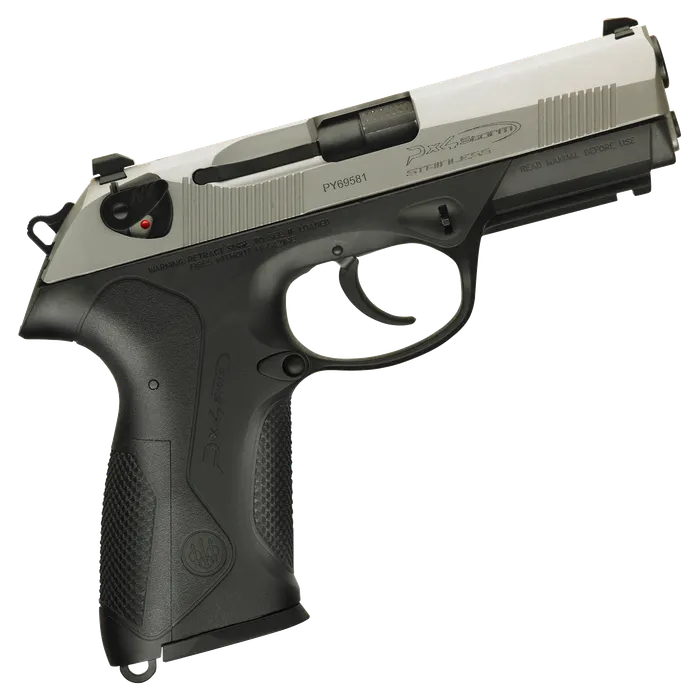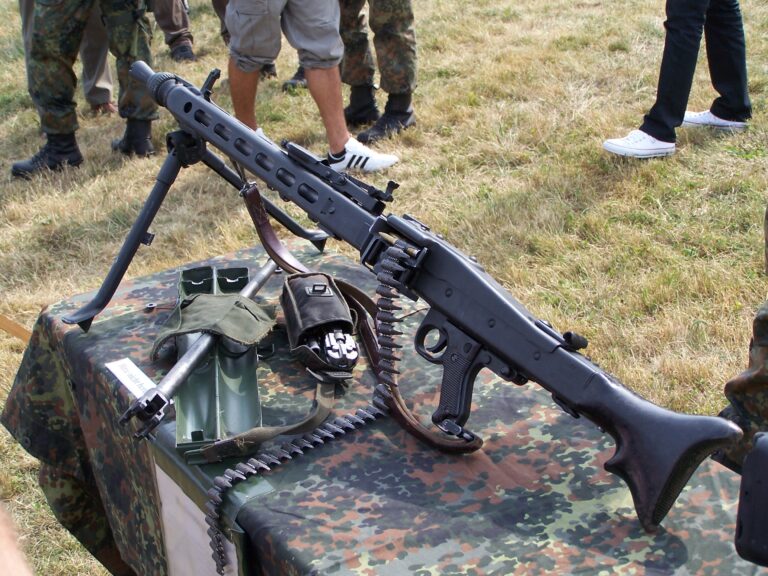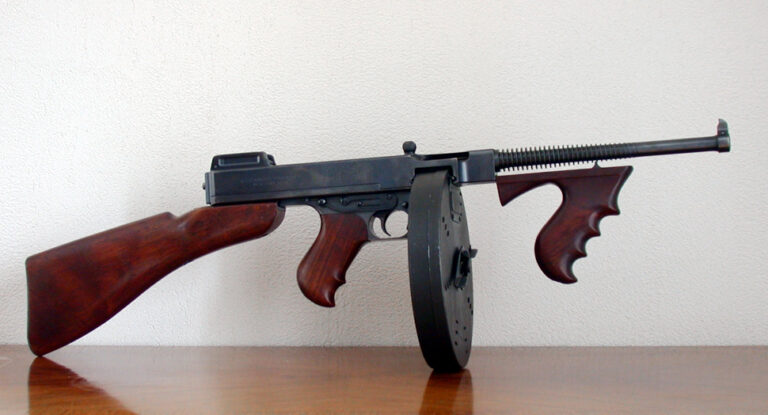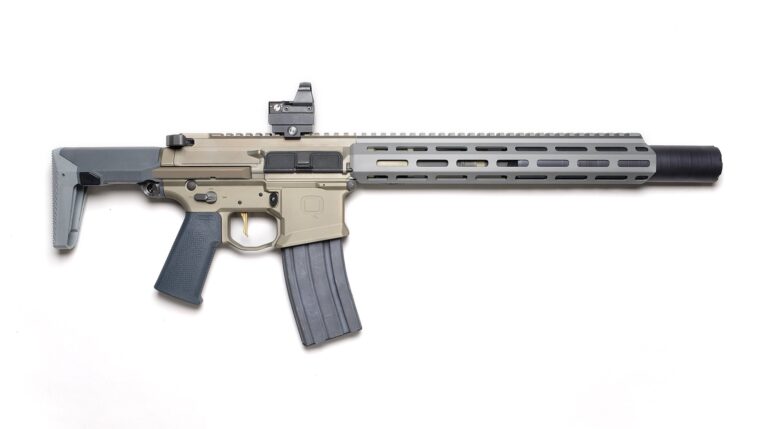Introduction
The Zastava M70 is a Yugoslav-designed assault rifle derived from the famous Soviet AK-47. Produced since the late 1960s by Zastava Armsit represents a national adaptation of the Kalashnikov system, enriched with features specific to the Yugoslav military industry. Robust, reliable and widely distributed, the M70 has been used in numerous conflicts, notably in the Balkans, and remains a highly sought-after weapon in both civilian and military circles.
History and development
Birth of an AK derivative
In the early 1960s, Yugoslavia decided to produce a local version of the Soviet AK. After several prototypes (including the M64 and M67), the final model, designated the M70went into production in 1970. Zastava chose to adapt the design to his own standards, modifying the frame, the mechanism and certain internal components.
The M70 was produced in several variants, for the army, special forces and export. It was a great success in non-aligned countries, and today remains a strong symbol of Balkan weaponry.
Use in conflicts
The M70 became the standard weapon of the Yugoslav Army (JNA) and was used extensively in :
of the Yugoslav wars in the 1990s,
of conflicts in the Middle Eastthrough foreign sales,
from many African and Asian guerrillas.
Its robustness, availability and mechanical simplicity have made it the weapon of choice for irregular armed groups and conventional armies alike.
Technical specifications
Element | Detail |
|---|---|
Model | Zastava M70 |
Caliber | 7.62×39 mm |
Weight (without charger) | ~4.0 kg |
Total length | 940 mm (with fixed stock) |
Barrel length | 415 mm |
Capacity | 30 shots (standard AK magazine) |
Firing system | Semi-auto / full-auto selector |
Materials | Stamped steel, wood or polymer |
Special features | Hatch for grenade launcher, modified rear sight |
Ergonomics and design
The M70 retains the basis of the AK system while adding a number of distinctive features:
Reinforced frame Thickened to accommodate a more stable firing system, often with a riveted reinforcement plate.
Gas block and special frog Gas block: the riser is placed on the gas tube, allowing the use of grenades, with a locking device.
Grenade-launcher hatch On some versions (M70B1, M70AB2), for firing rifle grenades.
Fixed or folding stock Depending on version, available in stamped (M70AB2) or machined (M70B1) sheet metal.
Rustic finish While early models were made of wood, more recent versions use polymers or modernized finishes.
Comparison with other AK-derived rifles
Model | Caliber | Main feature |
|---|---|---|
Zastava M70 | 7.62×39 mm | Integrated grenade hatch |
AKM (USSR) | 7.62×39 mm | Lightweight and standardized |
Galil ARM | 5.56×45 mm | Israeli precision and solidity |
The M70 is heavier than the Soviet AKM, but also more stable and better suited to certain applications, thanks in particular to its integrated grenade firing system.
Contemporary use
Today, the M70 is still used in several contexts:
Armed Forces of Serbia and Montenegro (gradually being replaced by the M21).
Civilian market semi-automatic versions available in the USA and Europe, highly prized for their authenticity.
Modern conflicts A weapon still present in many war zones.
Zastava continues to produce updated versions of the M70, such as the ZPAP M70for the American market, with more stringent finishing standards.
Conclusion
The Zastava M70 embodies a robust, home-grown version of the Kalashnikov system, enhanced by functional modifications tailored to the specific needs of the former Yugoslavia. Its military heritage, longevity and ruggedness make it a respected and sought-after weapon, whether on the battlefield or among collectors and sport shooters.









